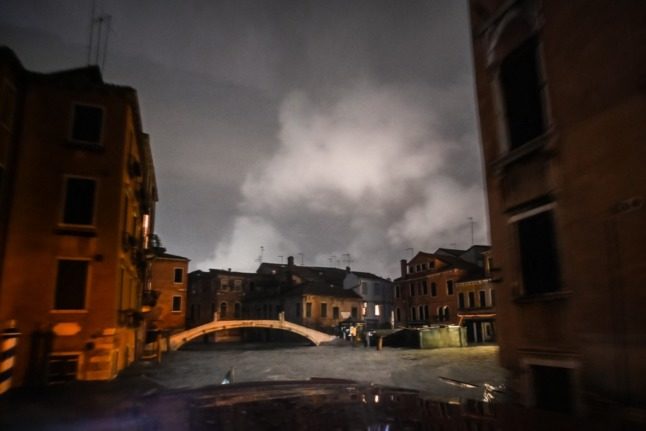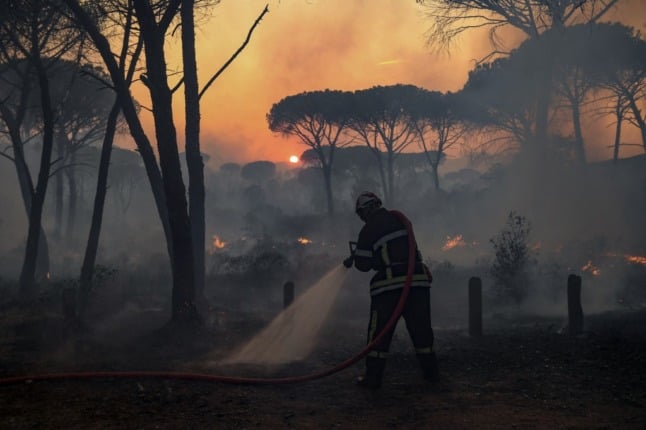A passerby discovered the girl in a distressed state inside the car with the windows closed and the doors locked and called police.
Officers had to break a window to rescue the child, who was sweating profusely and suffering dehydration, according to a statement from the Policia National.
The parents arrived back at the car after a two and a half hour shopping spree to discover their daughter being taken away in an ambulance. And they were promptly arrested.
The pair are now facing charges of child neglect.
Ten cabeza y sé responsable: detenidos en Marbella padres que dejaron a su hija d 12 años encerrada en el coche al sol 2 horas, deshidratada
— Policía Nacional (@policia) July 30, 2015
“Keep your head and be responsible,” warned a police message on twitter. “Parents arrested in Marbella for leaving their 12 year old daughter locked in a car in the sun for two hours, dehydrated.”
Police and animal charities regularly warn of the danger of leaving dogs locked in cars during the summer months.




 Please whitelist us to continue reading.
Please whitelist us to continue reading.
Member comments